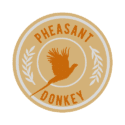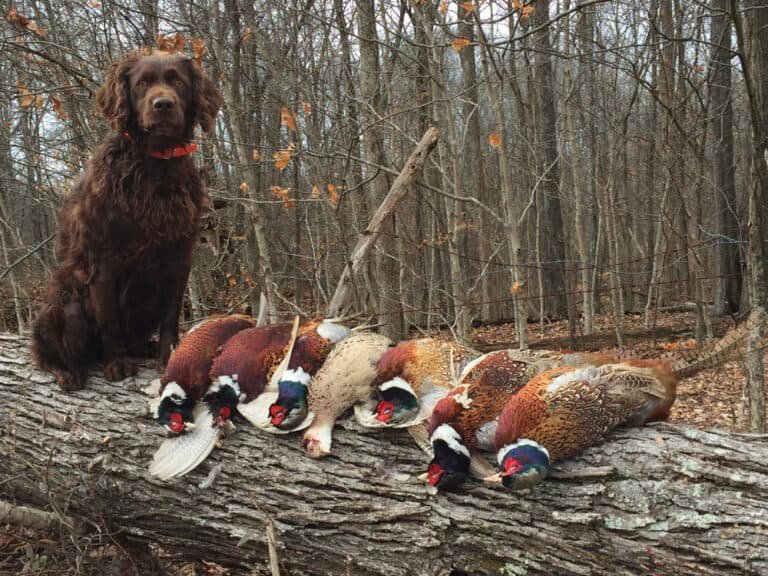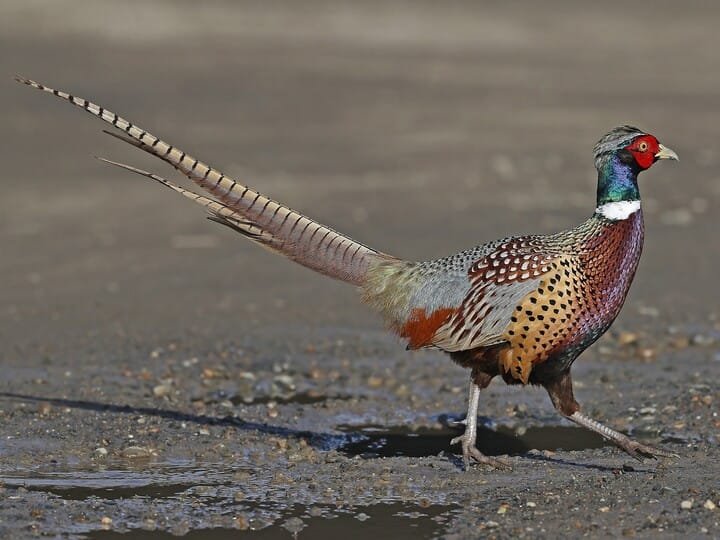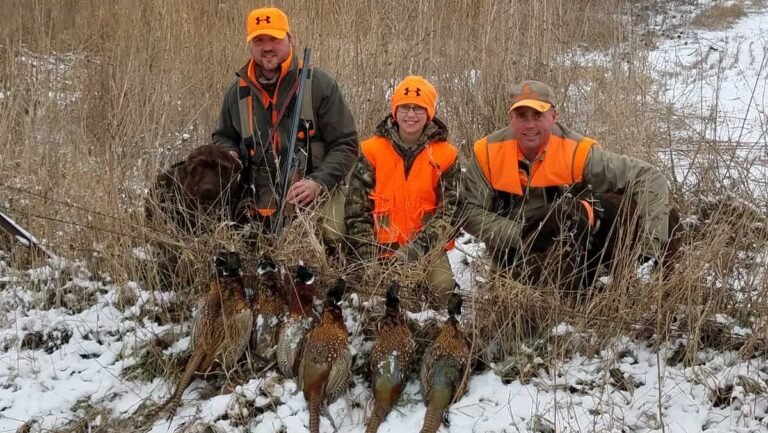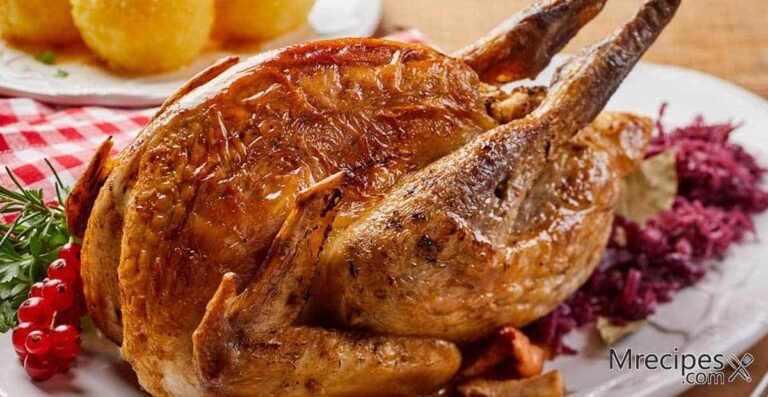Pheasant Season Wisconsin: The Best State 4 Pheasant
Discover the allure of pheasant season Wisconsin: its history, habitats, regulations, best locations, and top dog breeds—a comprehensive guide.
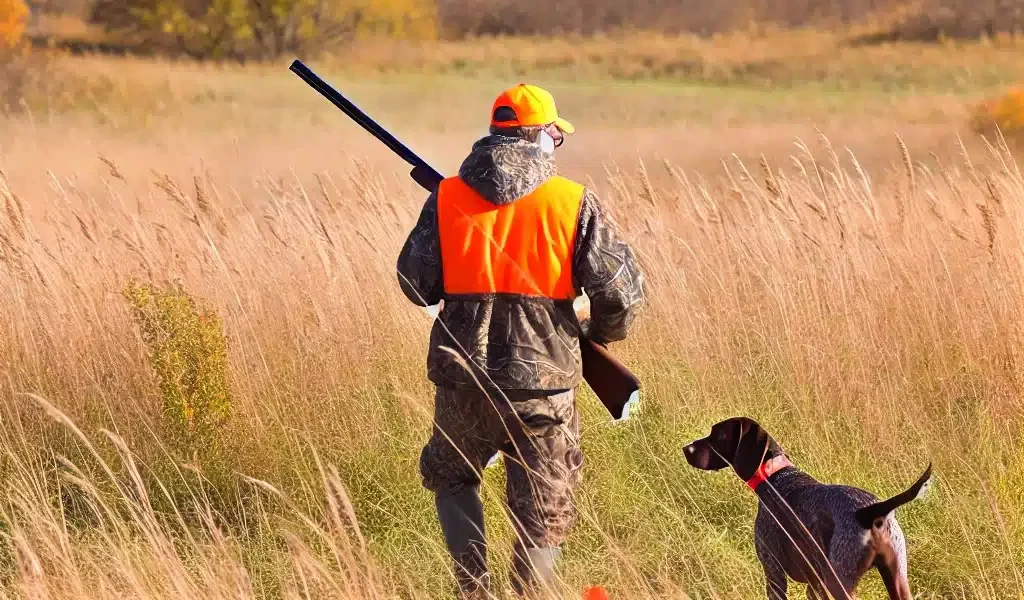
Pheasant season in Wisconsin is a highly anticipated time for hunters nationwide. As the leaves begin to change and the air becomes crisp, outdoor enthusiasts gear up for an exhilarating experience in pursuit of this beautiful game bird.
But before delving into the specifics of pheasant hunting in Wisconsin, it is important to understand the broader context of hunting seasons in this great Midwestern state.
Brief Overview of Pheasant Season Wisconsin
Wisconsin proudly boasts a rich hunting heritage and offers a range of hunting opportunities throughout the year. The state recognizes the importance of sustainable wildlife management and has established carefully regulated seasons to ensure conservation efforts and recreational enjoyment.
Wisconsin provides diverse hunting options for all enthusiasts, from small game like rabbits and squirrels to larger game such as deer and elk. The annual cycle of hunting seasons includes different timeframes dedicated to specific species, allowing hunters to immerse themselves in their passion while fully respecting wildlife populations.
The Wisconsin Department of Natural Resources (WDNR) meticulously plans these seasons based on scientific research, population data, habitat conditions, and stakeholder input. By adhering to these regulations, hunters contribute to maintaining healthy ecosystems while indulging in their beloved pastime.
Introduction to Pheasant Hunting and Its Popularity in the State
Pheasants hold a special place among all the popular game species pursued by avid hunters in Wisconsin. Pheasant hunting has gained substantial popularity over the years due to various factors that make it an exciting venture. The allure lies in the thrill of tracking down these elusive birds and appreciating their striking plumage and remarkable adaptability.
Pheasants were introduced to Wisconsin during the early 1900s as part of ambitious conservation efforts to enhance biodiversity and provide residents with recreational opportunities. The Chinese ring-necked pheasants, known for their vibrant colors and impressive flight patterns, quickly acclimatized to the state’s diverse landscape.
Since then, pheasant hunting has become a cherished tradition, attracting hunters from near and far to experience the thrill of the chase amidst Wisconsin’s picturesque countryside. Wisconsin’s pheasant season offers an opportunity for hunters to indulge in camaraderie with friends and family, showcase their skills in tracking game birds through vast expanses of farmland, and partake in a sport that embodies respect for nature and the pursuit of personal challenge.
With its undeniable charm and lasting impact on individuals and communities alike, pheasant hunting continues to be an integral part of Wisconsin’s outdoor culture. In the following sections of this article, we will explore the historical background of pheasant hunting in Wisconsin and delve into the habitat preferences and population dynamics of these captivating birds within the state’s borders.
We’ll navigate through regulations specific to pheasant season, uncover popular hunting locations across different regions in Wisconsin, and highlight exceptional dog breeds utilized for these hunts. Ultimately, we’ll celebrate this beloved tradition, which is Wisconsin pheasant season.
Pheasant Hunting in Wisconsin
Wisconsin’s pheasant hunting tradition traces back to the early 1900s when efforts were made to introduce this fascinating game bird species to the state’s diverse landscapes. Recognizing the potential for pheasants to thrive in Wisconsin, conservationists and wildlife agencies initiated various programs to establish sustainable populations.
The initial impetus for their introduction was driven by the belief that pheasants would provide an exciting hunting opportunity while simultaneously bolstering wildlife conservation efforts. Consequently, several counties across the state were chosen as experimental sites for releasing these birds, heralding a new era of upland game hunting in Wisconsin.
The Role of Conservation Efforts and Game Farms
Conservation efforts played a pivotal role in promoting the establishment of robust pheasant populations within Wisconsin. Early pioneers recognized that successful game management required proactive measures such as habitat restoration and predator control. Numerous public and private entities stepped forward with initiatives to create suitable environments for pheasants to flourish.
These endeavors included habitat enhancement projects like planting cover crops, establishing wetlands, and maintaining grasslands that offered essential nesting areas and protective cover for these prized game birds. Moreover, game farms emerged as key contributors to the growth of pheasantry within the state.
These specialized facilities focused on breeding and raising ring-necked pheasants before releasing them into their natural habitats during specific times of Wisconsin pheasant season. By effectively nurturing young chicks and providing a controlled environment conducive to their survival, game farms significantly bolstered local populations while ensuring genetic diversity among released individuals.
Importation of Chinese Ring-Necked Pheasants
Chinese ring-necked pheasants (Phasianus colchicus) were imported into Wisconsin to kickstart the introduction process. Their adaptability, hardiness, and striking appearance made them ideal for acclimatization efforts.
These birds were selected primarily for their ability to thrive in various habitats, including agricultural landscapes and grasslands across the state. Beginning in the early 1900s, thousands of pheasants from their native range in China were brought to Wisconsin via intensive importation programs.
These Chinese ring-necked pheasants quickly became synonymous with upland game hunting in the state. Their vibrant plumage, challenging flight patterns, and elusive behavior captured the imagination of hunters, making them a sought-after game species during Wisconsin pheasant season.
These imported pheasants gradually established viable populations across Wisconsin’s diverse habitats through careful breeding practices and continuous releases over several decades. Today, their descendants thrive throughout the state during Wisconsin pheasant season, perpetuating a rich hunting tradition that continues to enthrall enthusiasts with its unique blend of sport and conservation values.
Pheasant Habitat and Population in Wisconsin
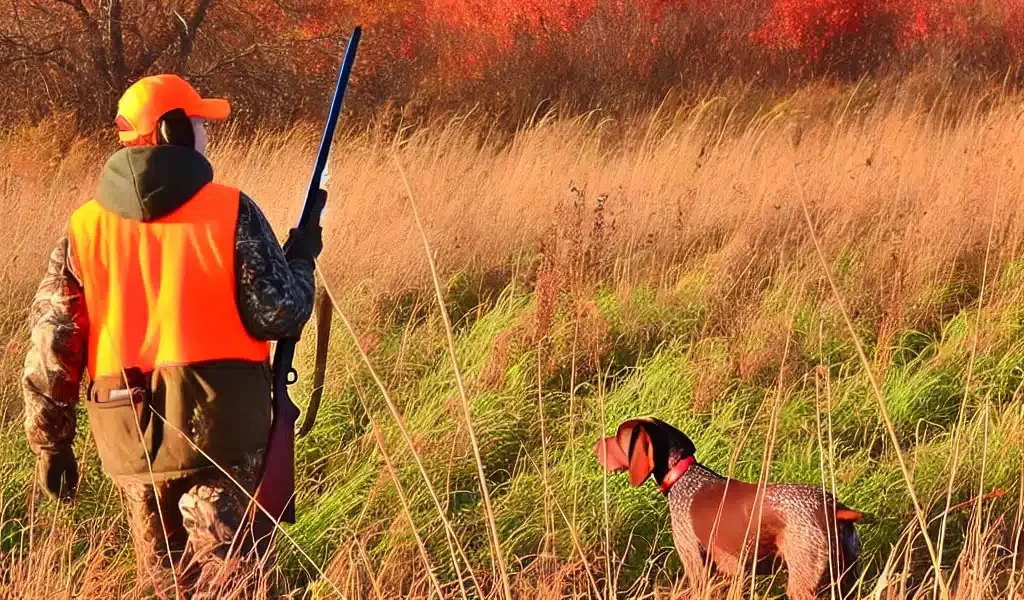
Ideal habitat for pheasants in the state
Sublime Sanctuaries for Wisconsin’s Majestic Birds Pheasants, with their vibrant plumage and graceful demeanor, find solace amidst the diverse habitats scattered throughout Wisconsin’s scenic landscapes. The state’s ideal pheasant habitats primarily consist of agricultural lands and grasslands.
These regions provide an abundant food supply, ample nesting cover, and open spaces for these magnificent birds to roam freely. With vast expanses of cornfields, soybean fields, and stubble fields acting as natural pantries, pheasants relish these landscapes’ bountiful harvest during Wisconsin pheasant season.
Agricultural lands and grasslands
A Tapestry of Bounty Wisconsin’s fertile soil has nurtured a thriving agricultural industry that extends an inviting invitation to pheasants seeking nourishment and sanctuary. Fields adorned with golden cornstalks display a luscious tapestry that offers these game birds sustenance and protective cover.
Soybean fields adjacent to meadows create a mosaic of vegetation diversity that entices pheasants with optimal feeding opportunities during Wisconsin pheasant season. Grasslands, too, play a crucial role in providing suitable habitat for pheasants throughout the state.
Native prairies generously dotted across Wisconsin offer pockets of tranquility amidst an ever-changing landscape dominated by human activities. These grasslands provide essential nesting cover where hens can meticulously conceal their clutches from potential predators while incubating their precious eggs during the Wisconsin pheasant season.
Shelterbelts and wetlands are crucial components
Nature’s Protective Oasis Beyond agricultural lands and grassy expanses lie two paramount components that enhance the viability of pheasant populations in Wisconsin: shelterbelts and wetlands. Shelterbelts, or windbreaks, are rows of trees and shrubs strategically planted to protect open areas from strong winds.
They act as natural buffers against harsh weather conditions while providing vital cover for pheasants seeking refuge during Wisconsin pheasant season. Wetlands, conversely, serve as indispensable ecosystems supporting pheasants and a diverse array of flora and fauna.
These crucial habitats offer more than just a water source; they provide sanctuaries teeming with life. From providing nesting sites for waterfowl to breeding grounds for insects that become nutritious meals for young pheasants, wetlands are essential in maintaining the delicate balance necessary for sustainable pheasant populations during the Wisconsin pheasant season.
Factors influencing pheasant population fluctuations
A Delicate Dance with Nature While Wisconsin’s landscapes provide an idyllic setting for flourishing pheasant populations during Wisconsin pheasant season, several factors influence their numbers yearly. Weather conditions play a significant role in determining nesting success rates among these birds.
Harsh winters can increase mortalities due to limited food availability and heightened predation pressures. Similarly, severe droughts or excessive rainfall can disrupt nesting activities and affect chick survival rates.
Predators pose another challenge to sustaining stable pheasant populations in Wisconsin. Foxes, coyotes, raptors, and domestic cats are among the many predators that pose threats throughout the lifecycle of these birds.
Diseases such as avian influenza or West Nile virus can also impact adult birds and their offspring. Despite these challenges, conservation efforts and wise management practices continually strive to maintain healthy habitat conditions conducive to sustained Wisconsin pheasant season opportunities while minimizing predation risks and disease outbreaks.
Regulations and Licensing Requirements
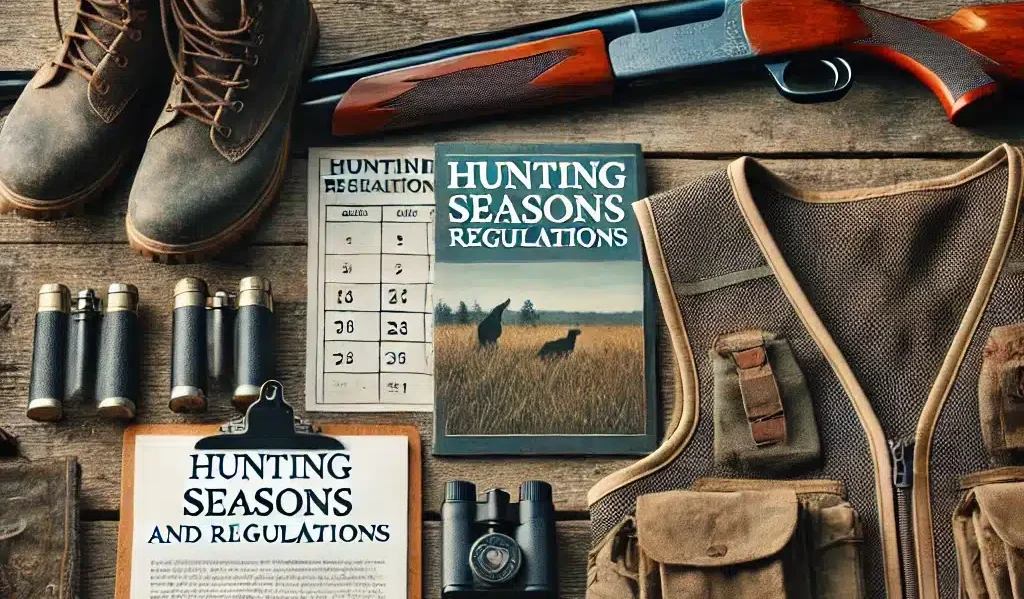
Overview of the Annual Season Dates
The Wisconsin pheasant season typically begins in mid-October and extends through December. Hunters must consult the Wisconsin Department of Natural Resources (WDNR) website or check with local authorities for specific dates, which may vary yearly.
The timing of the season is carefully planned to coincide with the peak period when pheasants are fully grown and have reached a suitable stage for hunting. This ensures a sustainable harvest while allowing enough time for successful breeding and population growth.
Bag Limits, Possession Limits, and Shooting Hours
Bag limits are enforced during the hunting season to maintain a healthy pheasant population in Wisconsin. As of this publication, the bag limit for pheasants is two per day. However, it is crucial to refer to WDNR regulations as these limits may change from year to year based on population assessments and management goals.
Additionally, hunters should note that possession limits apply. This means that an individual can only possess a maximum number of birds equal to twice the daily bag limit (four birds as per current regulations).
Shooting hours during pheasant season typically begin at sunrise and end at sunset. Hunters must be aware of these time restrictions to ensure compliance with ethical hunting practices.
Licensing Requirements for Residents and Non-Residents
Obtaining appropriate licenses is essential before engaging in Wisconsin pheasant season hunting activities. Resident hunters must possess a valid Wisconsin small game license and a pheasant stamp endorsement purchased separately.
Non-residents also require a small game license but have additional options such as single-day or five-day licenses specifically geared towards out-of-state hunters interested in pursuing upland game birds like pheasants.
All hunters, irrespective of residency, must comply with state and federal regulations and possess the necessary permits while hunting pheasants in Wisconsin. Reviewing license requirements on the WDNR website or contacting local authorities for the most up-to-date information is always advisable.
Popular Pheasant Hunting Locations in Wisconsin
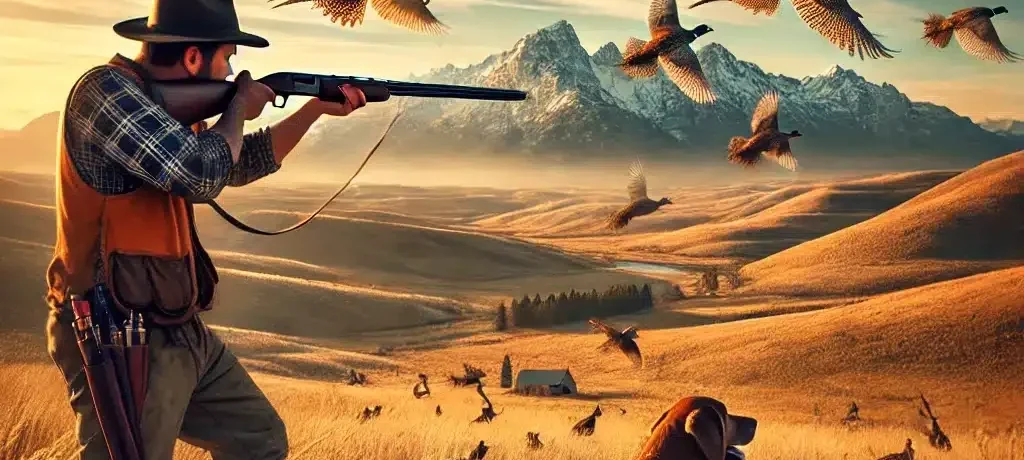
Southern region: Richland County’s public hunting grounds
Nestled in the picturesque southern region of Wisconsin, Richland County boasts a remarkable reputation as one of the top pheasant hunting destinations in the state. The county’s public hunting grounds offer diverse habitat types, catering to avid athletes’ preferences and hunting strategies.
With expansive agricultural lands, prairie grasslands, and wooded areas intermingled with wetlands, hunters have ample opportunities to pursue their elusive game.
Notably, these public hunting areas often feature well-maintained food plots that attract pheasants and provide vital sustenance throughout the Wisconsin pheasant season.
Additionally, Richland County’s commitment to promoting responsible dog training is evident through designated dog training areas within these grounds, catering to novice and experienced trainers.
Northern region: Rusk County’s hidden gem – The Blue Hills area
Venturing northward from Richland County brings us to another hidden gem for pheasant enthusiasts – Rusk County’s remarkable Blue Hills area. This pristine landscape offers an intriguing juxtaposition between lush forested areas and expansive open fields, creating a unique blend that sets it apart from other hunting locations in the state.
The Wisconsin pheasant season finds its magic amidst this diverse terrain, where upland bird enthusiasts can revel in abundant, exciting possibilities. Traverse through towering hardwoods interwoven with sprawling grassy meadows as you seek out your prized game amidst this sublime wilderness.
The Blue Hills area provides a captivating backdrop for hunters and offers opportunities for exploring nature at its most glorious. Wisconsin is undeniably home to some of the country’s most captivating pheasant hunting locations.
From Richland County’s renowned public hunting grounds, with its diverse habitat types and notable features such as food plots and dog training areas, to Rusk County’s captivating Blue Hills area, where the unique mix of forests and open fields beckons upland bird enthusiasts, there is a wealth of opportunities to embark on memorable pheasant hunting adventures.
Whether you explore Wisconsin’s southern or northern regions, the state’s commitment to conservation and providing exceptional hunting experiences ensures that every athlete can indulge in the excitement and tradition of Wisconsin pheasant season.
Pheasant Dog Breeds for Hunting Enthusiasts

When pheasant hunting, having a reliable and skilled hunting dog by your side can greatly enhance your chances of success. Some dog breeds possess innate abilities, making them exceptional partners for this sport. One such breed is the English Springer Spaniel.
With their excellent stamina, strong nose, and natural flushing instincts, they excel at locating and flushing out pheasants from dense cover. Another noteworthy breed is the German Shorthaired Pointer, known for its versatility in various hunting scenarios, including tracking scent trails and retrieving downed birds.
Their athleticism and keen sense of smell make them ideal companions during Wisconsin pheasant season. The Labrador Retriever’s intelligence, loyalty, and excellent nose are well-suited for finding downed birds in dense vegetation or water environments.
Conclusion
As Wisconsin pheasant season approaches each year, anticipation fills the hearts of hunting enthusiasts across the state. The rich history of pheasant hunting in Wisconsin, suitable habitats, and carefully regulated seasons make it an enticing destination for residents and visitors alike.
With proper knowledge of regulations and licensing requirements, hunters can explore popular locations renowned for their abundance of ring-necked pheasants, like Richland County’s public hunting grounds or the hidden gem in the Blue Hills area in Rusk County.
Coupled with a trusted canine companion from exceptional breeds like English Springer Spaniels or German Shorthaired Pointers, hunters can enjoy an exhilarating experience as they pursue these magnificent game birds through Wisconsin’s picturesque landscapes.
So gear up! The Wisconsin pheasant season eagerly awaits you with its promises of adventure and camaraderie in the pursuit of one of nature’s most prized game birds.
